We always say that we’re living in golden age of space and astronomy, but it feels like things are just accelerating. What does the long-term future hold for our place in the Universe?
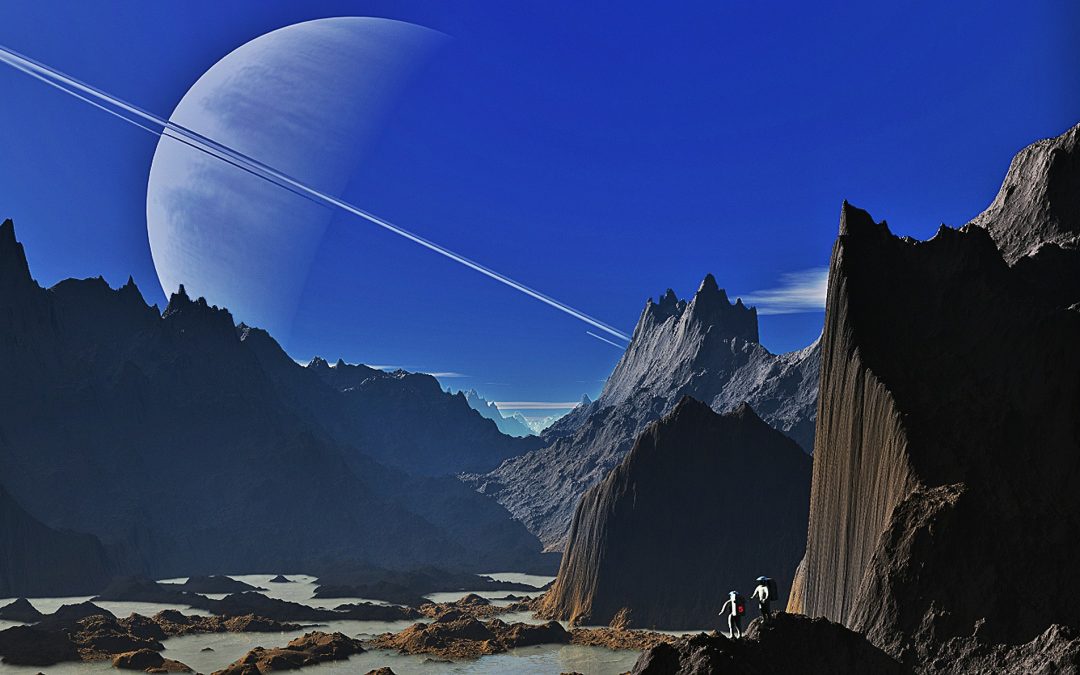

We always say that we’re living in golden age of space and astronomy, but it feels like things are just accelerating. What does the long-term future hold for our place in the Universe?

All the waiting is over, we’ve finally seen the image of the event horizon from the supermassive black hole at the heart of the Milky Way. Today we’re going to explain the picture, and what’s next for the Event Horizon Telescope.
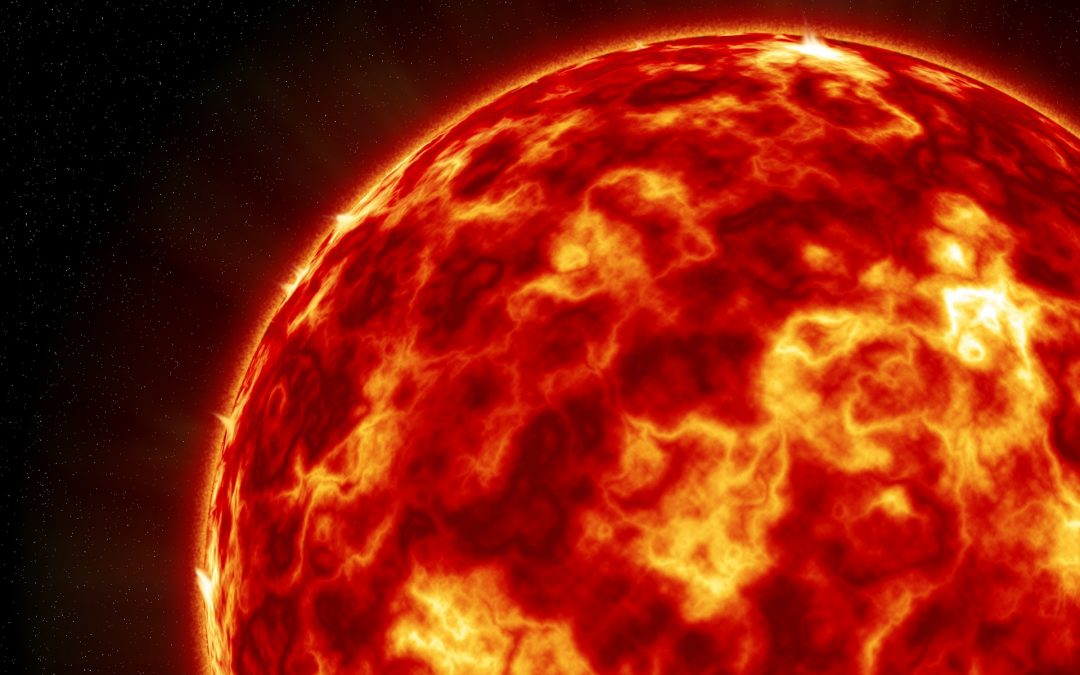
We’ve always assumed that we lived in a perfectly normal system with a normal star and normal planets. It’s all… normal. But with our modern understanding of billions of stars, just how normal is our Sun, anyway?
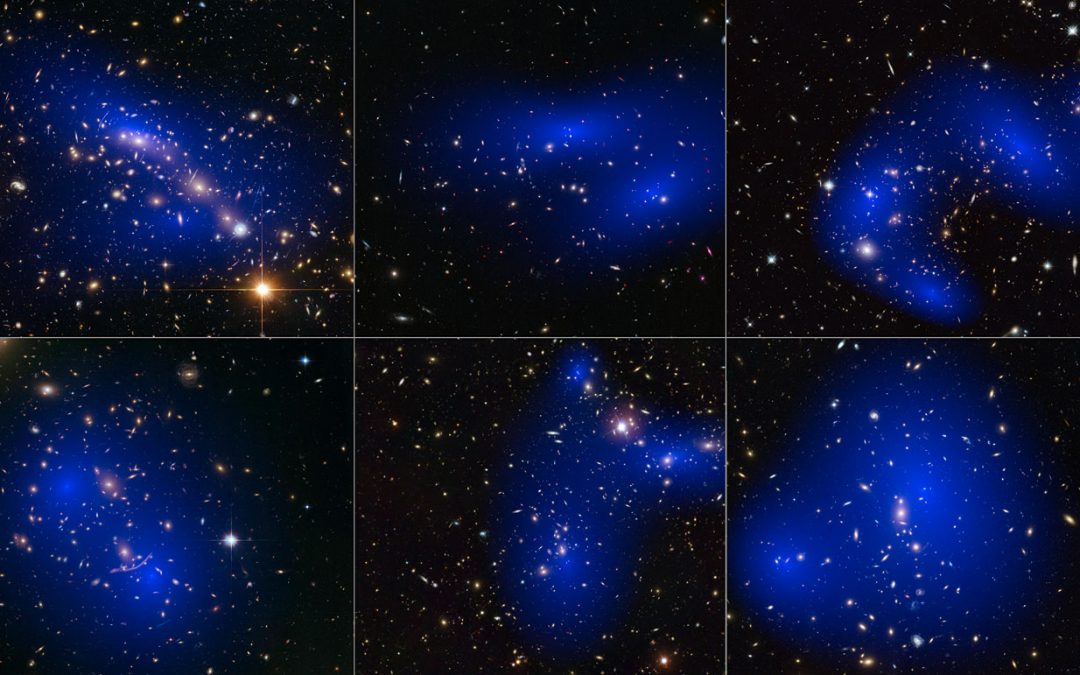
Knowledge moves forward, and so, we must move with it. Today we’ll give you an update on some of the most fascinating, and fast-changing topics in astronomy, astrophysics and cosmology.
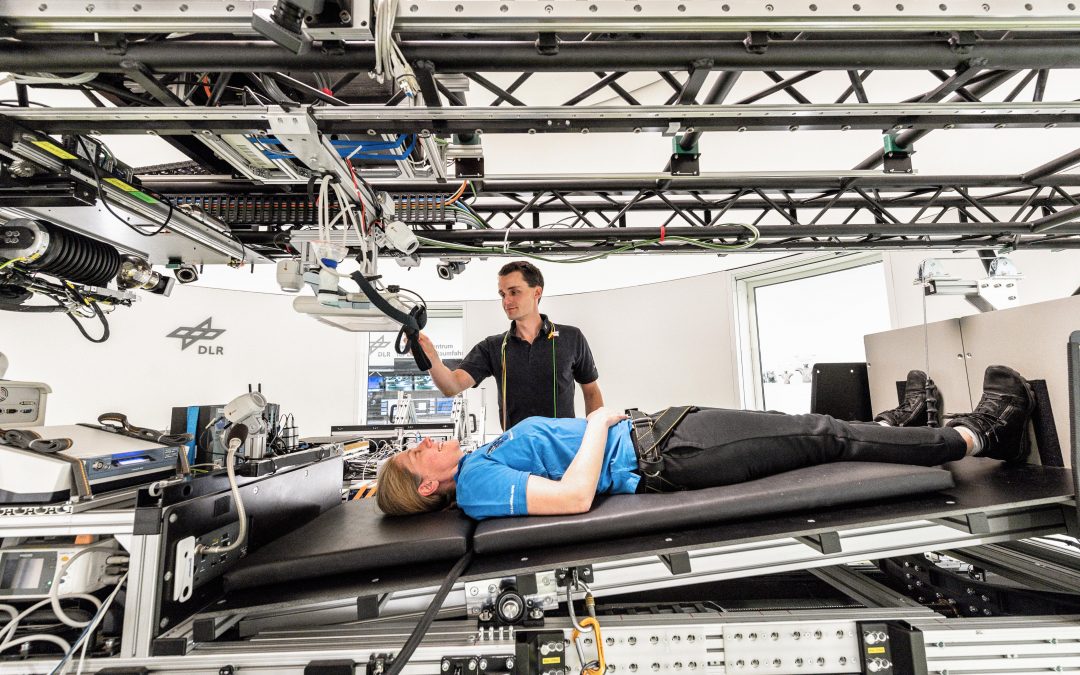
Although humans have never actually been to Mars, explorers have simulated many aspects of Mars missions here on Earth. There are missions under the ocean, on the tops of volcanoes, in the harsh Canadian north, and even in bed that simulate the limitations of spaceflight, and teach us many of the lessons to prepare us for the real thing.
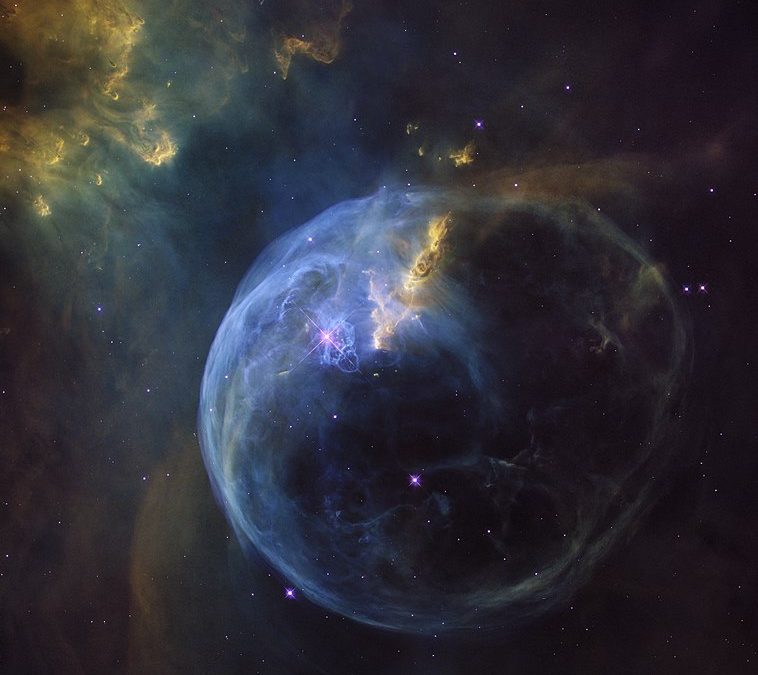
We think of space as a vacuum, but there are regions of different density. There are winds blowing from stars and other objects that clear out vast bubbles in space, and look absolutely fantastic in pictures. And might have been critical for Earth to even exist in the first place.
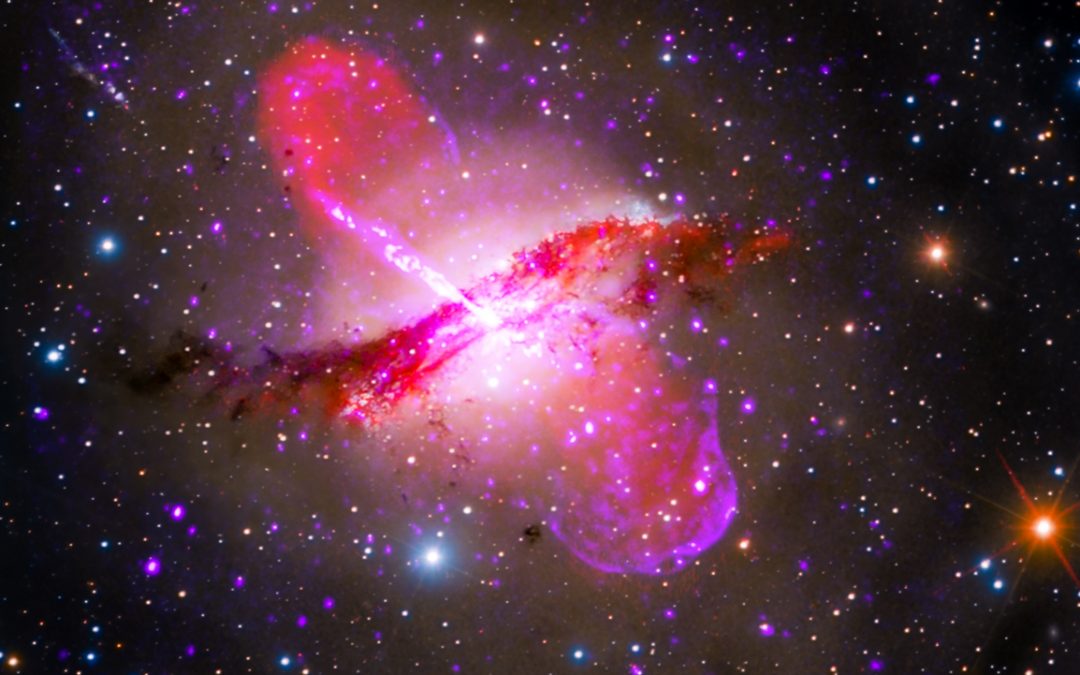
As astronomers look out across the Universe, they see various objects spewing jets of material light years into space. What causes these jets, and what impact do they have on the Universe.
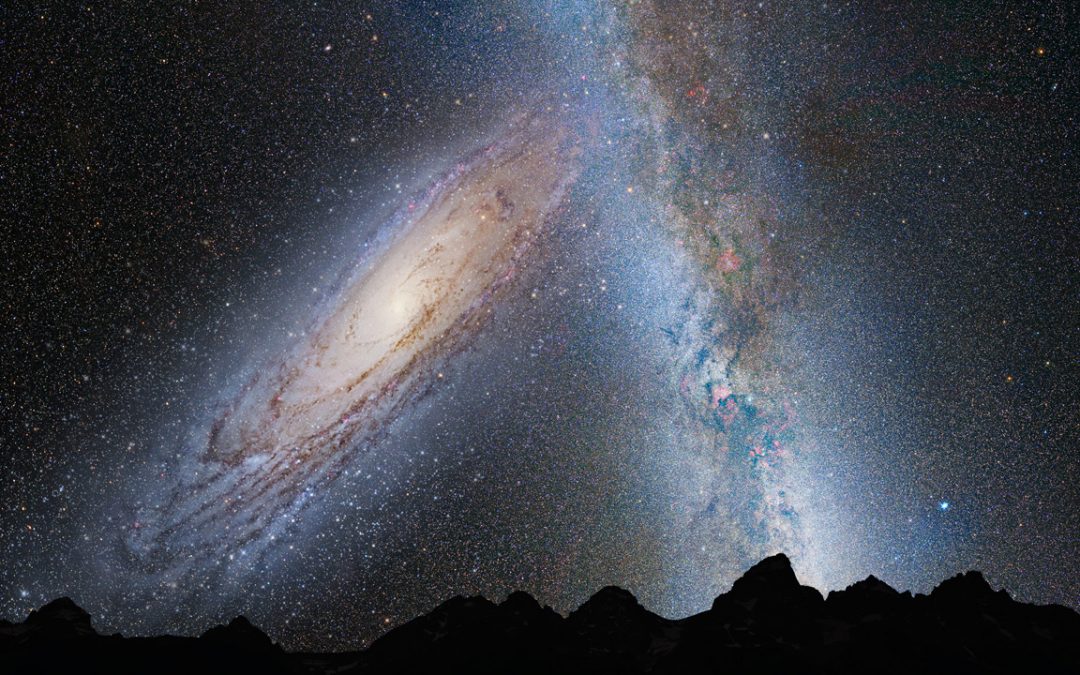
The Milky Way is a vast grand spiral today, but how did it get this way? Astronomers are starting to unravel the history of our galaxy, revealing the ancient collisions with dwarf galaxies, and how they came together to build the Milky Way.
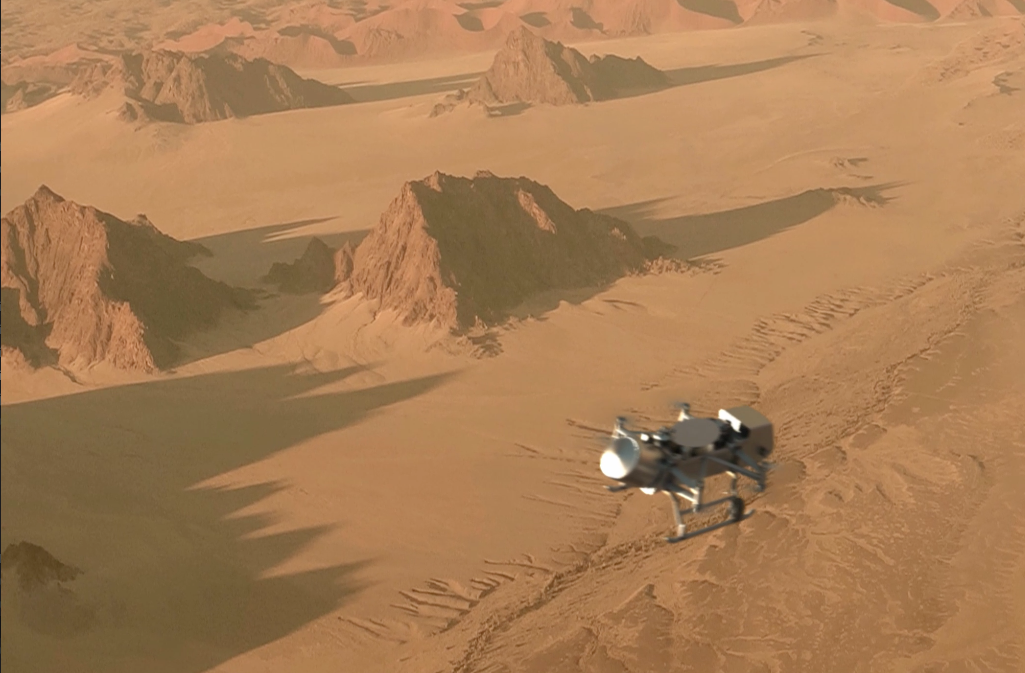
We’ve always assumed that habitable planets would need to be like Earth; a terrestrial planet orbiting a sunlike star. But now astronomers have been discovering planets in the habitable zone around very much non-sunlike stars. What strange places could be habitable?
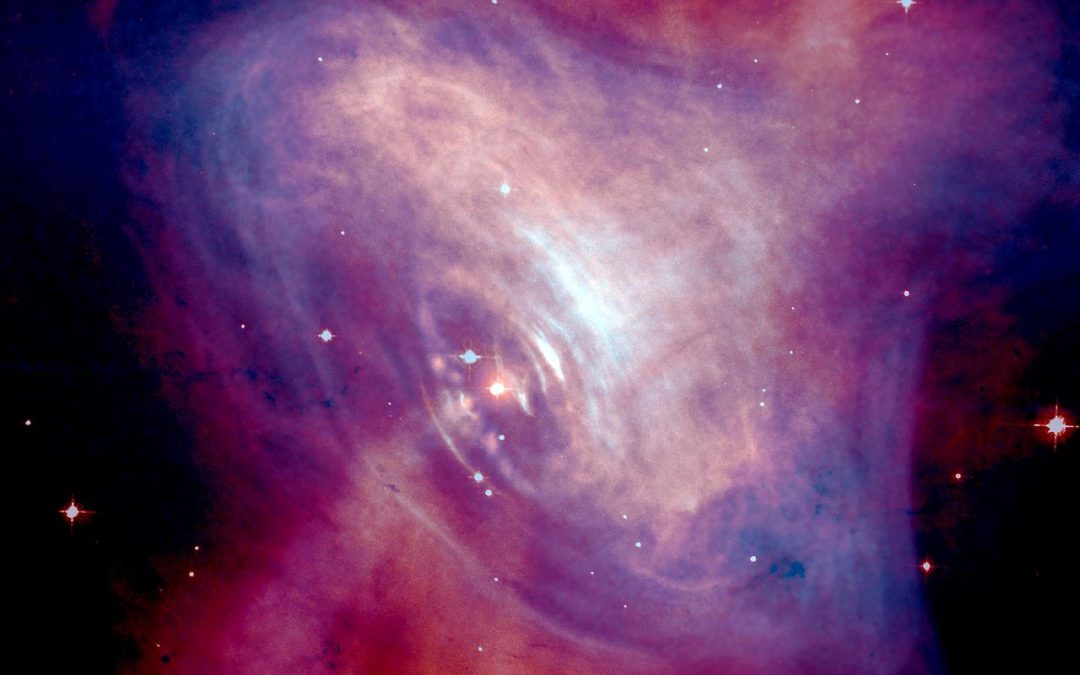
Pulsars are the rapidly spinning degenerate husks of dead stars, turning hundreds of times a second. But they’re also handy clocks, spinning with such certainty and accuracy that astronomers can use them for all kinds of stuff. We might even use them to navigate the cosmos.
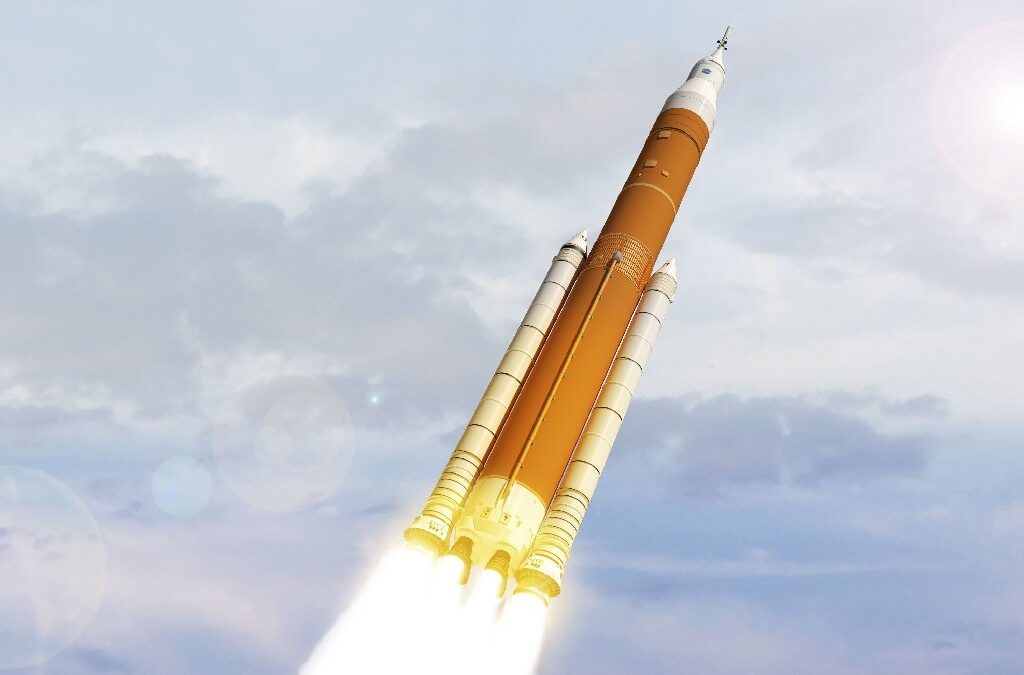
With all the success of James Webb so far, it’s looking like science’s huge gamble is going to pay off, but there were years of delays and budget overruns. What impacts did these delays have on science, careers, and the future of space exploration?
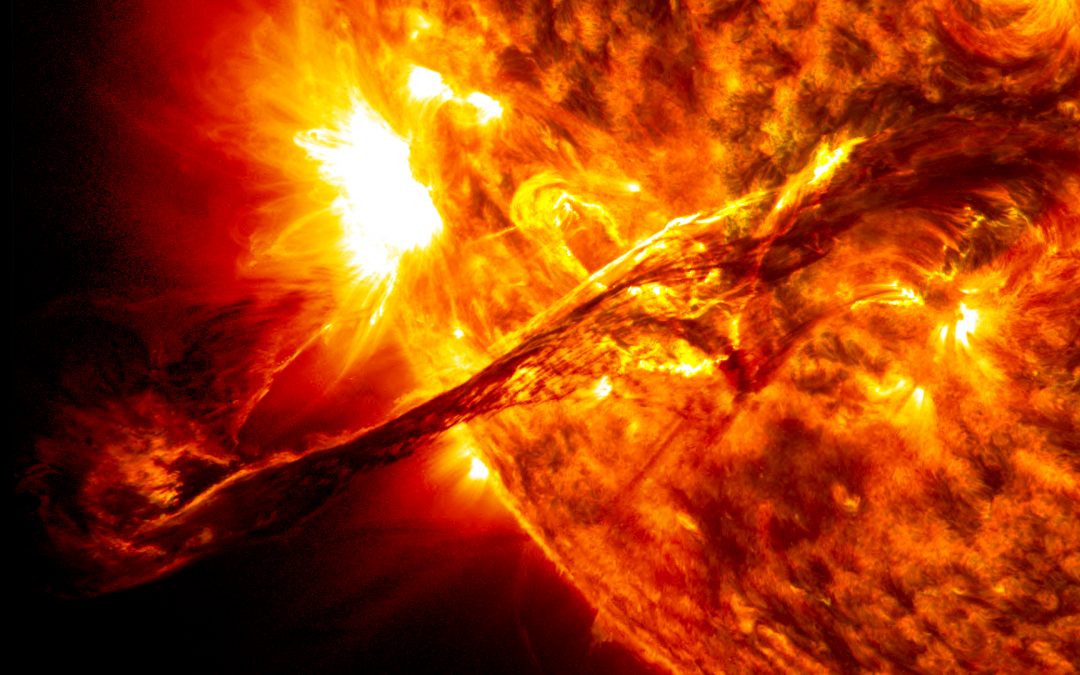
Once again, it’s time to take a look at the Sun. You know, ongoing thermonuclear explosion of fusing hydrogen that’s right over there. Fortunately, there’s a fleet of spacecraft and ground observatories ready to give our best ever view of the Sun.
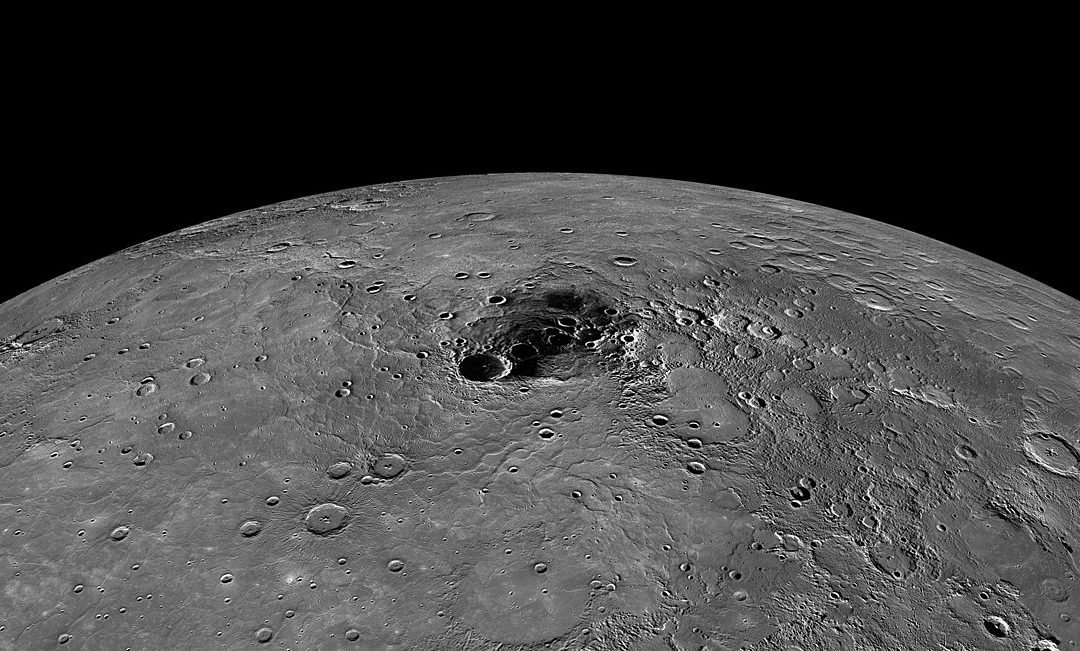
It’s been about a thousand years since we last looked at Mercury, so we figured it’s time for an update. What new things have we learned about Mercury, or even new questions? Fortunately, there’s a mission on the way to help get us some answers.
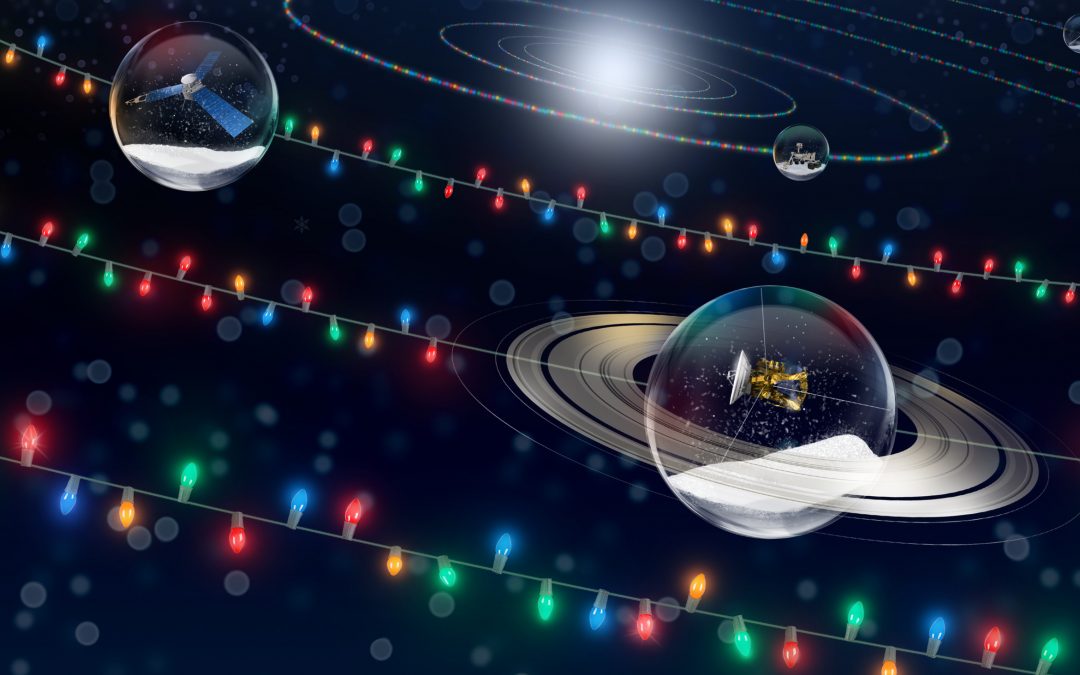
We’ve reached the end of 2021, and this is the last episode of the year. Let’s look back at the big space events of the last year and talk about what we’re looking forward to in 2022.
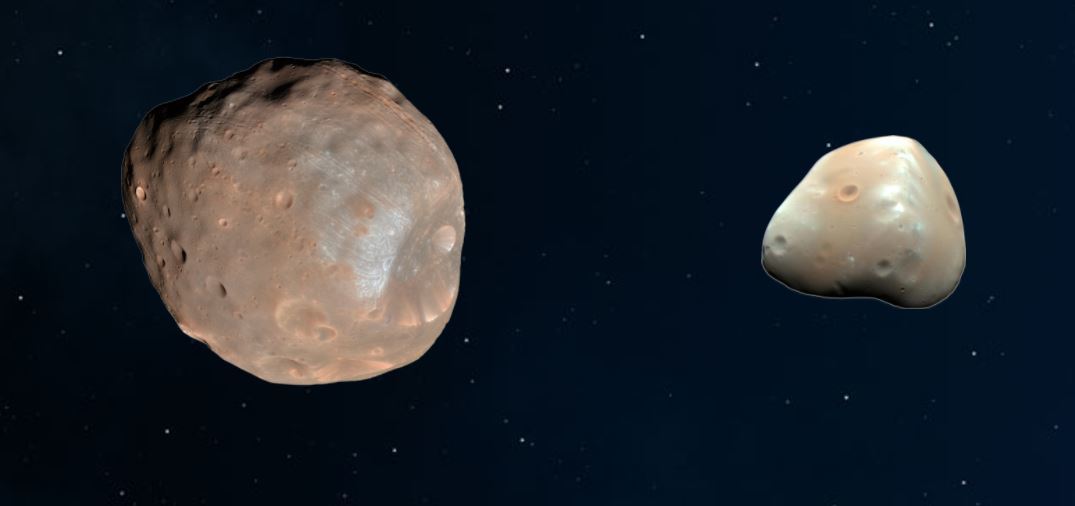
We’ve talked about the icy objects of the Solar System, today let’s talk about space rocks. There’s a surprising variety of rocky material in the Solar System, and each object has a story to tell about the history and formation of the planets, moons and other rocky bodies.
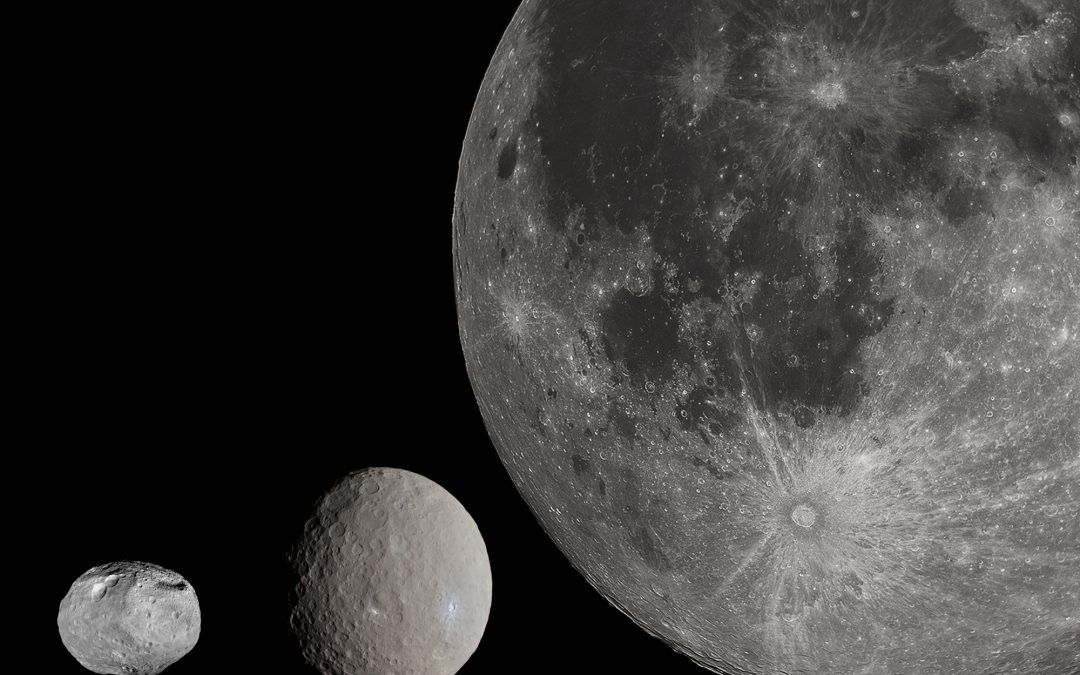
A rock is a rock is a rock, right? Across the Solar System there are giant rocky asteroids and even rockier moons. What’s the difference between these two families of objects, and where did they come from?
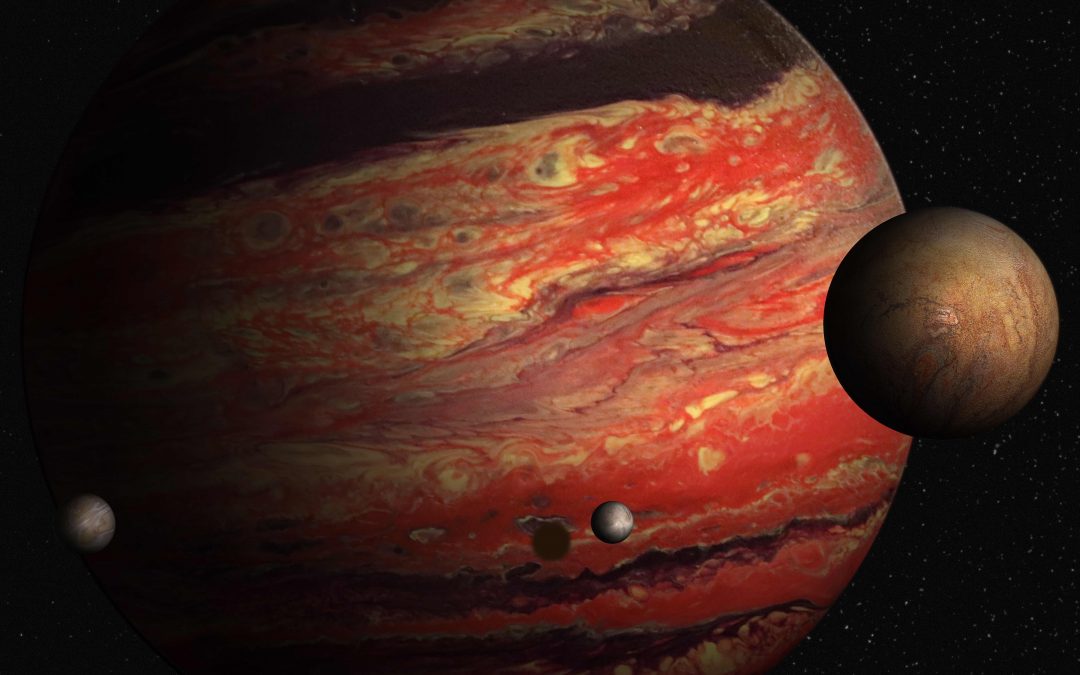
For the longest time, the only gas giant planets we knew about were Jupiter and Saturn. But now in the age of extrasolar planets, astronomers have discovered thousands of gas giants across almost as many star systems. What new discoveries have been made about gas giants, both here in the Solar System and across the Milky Way?
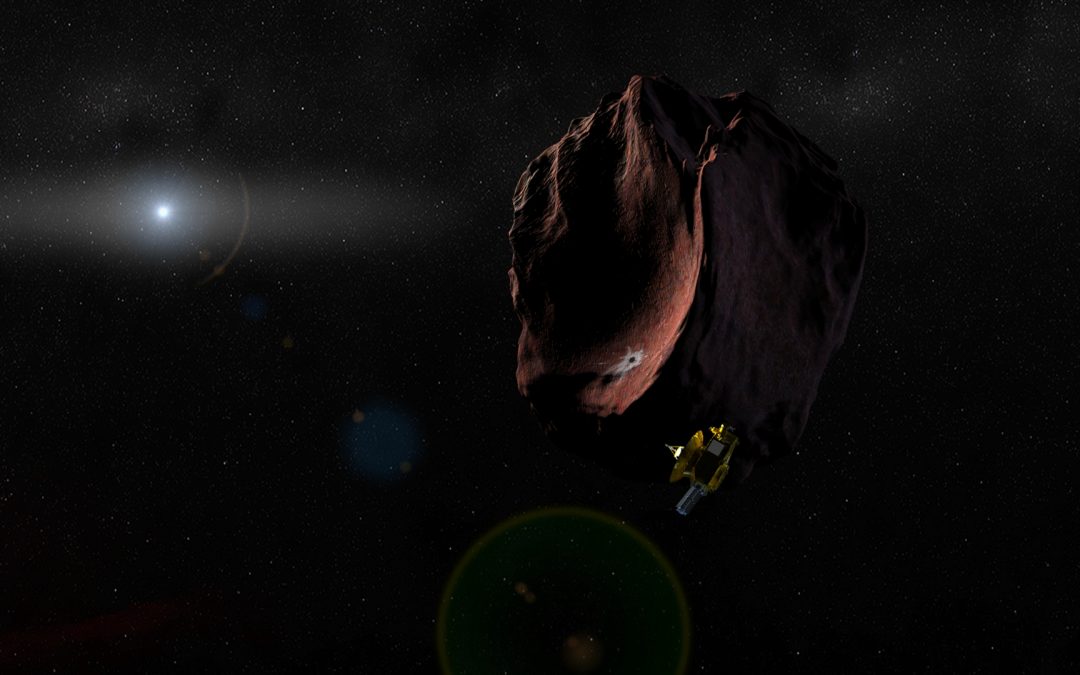
Good news! Over the next few years, we’re going to see a flotilla of new missions headed to Jupiter and Saturn. Why aren’t we seeing more missions to the outer planets, like Uranus and Neptune? It turns out, those places are far away. Today let’s talk about the challenge of exploring the outer Solar System.
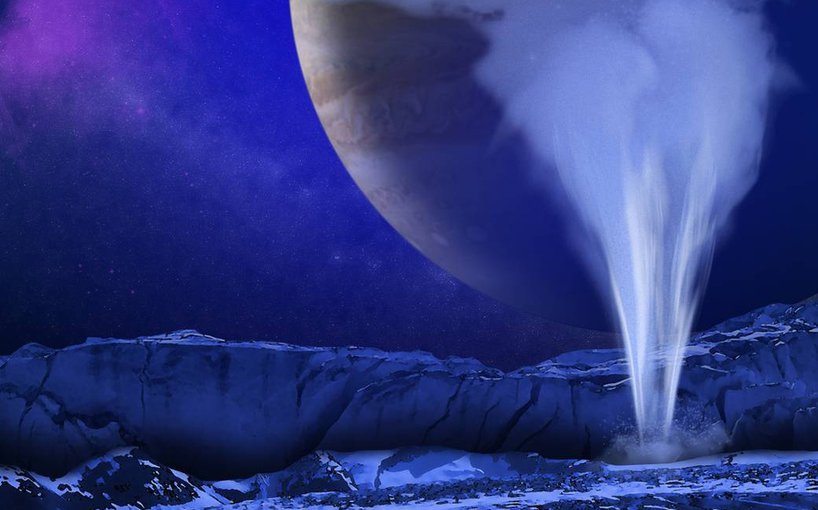
The outer Solar System is far enough from the Sun that water doesn’t get blasted away into deep space. In this icy realm, there are many worlds with vast quantities of water ice. Today let’s look at the icy outer moons and dwarf planets.
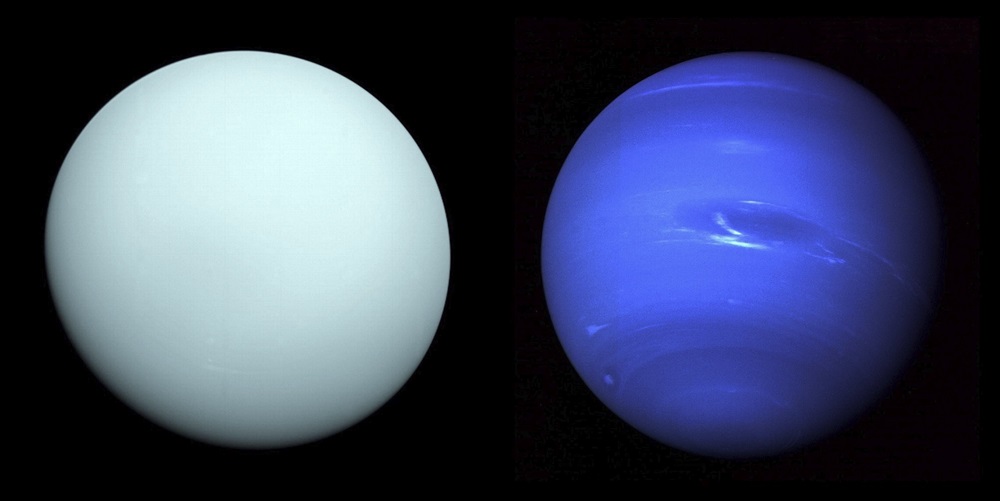
We’re learning more and more about the outer planets of the Solar System. Uranus and Neptune are ice giants, filled with water and other volatiles that we’d consider ice if it was here on Earth. What’s inside these worlds, and what could we expect to find across the Milky Way?

Funding for basic science has always been tricky business, coming mainly from universities, government, companies, or wealthy individuals, but who knows how many fascinating discoveries were never made because of a lack of funding? We now live in an era where regular people can come together to find scientific discoveries.
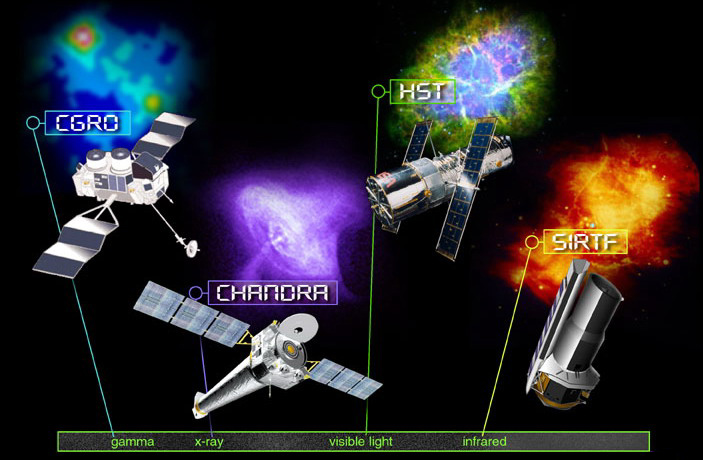
You’re familiar with the Hubble Space Telescope, of course, but it’s just one of NASA’s Great Observatories. After Hubble came three more incredible observatories, each greater than the last. Together, they would fill in almost the entire electromagnetic spectrum.
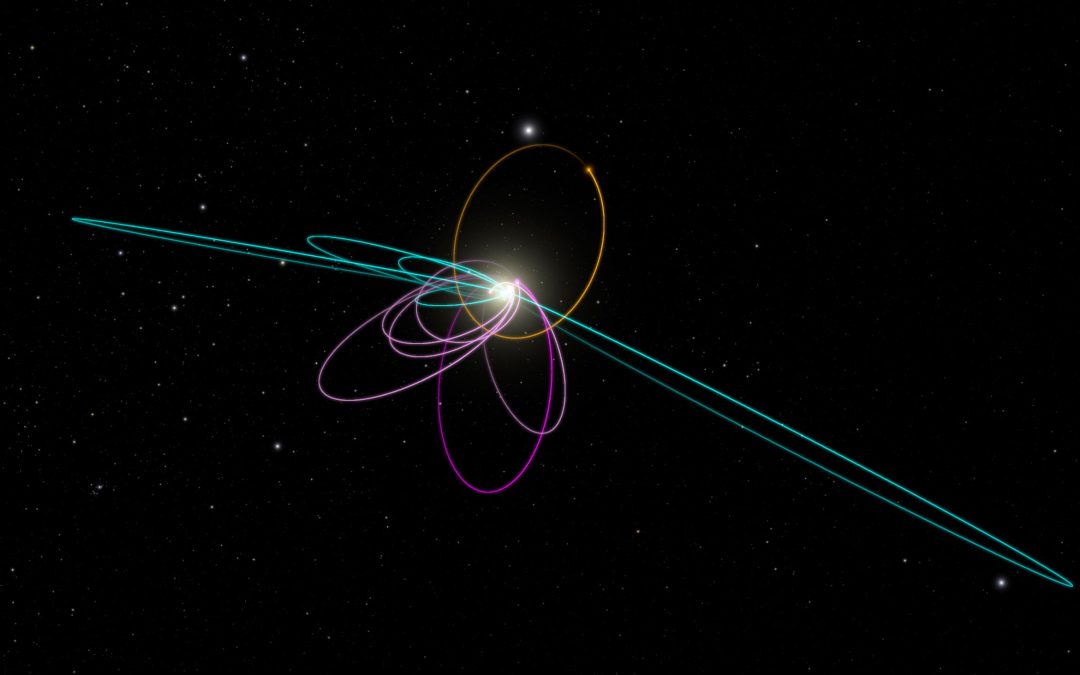
After Pluto lost its planethood, we were down to 8 planets. But there’s growing evidence of another world (or worlds) out beyond the orbit of Pluto. Is Planet 9 out there and how will we find it? Could there even be a Planet 10?
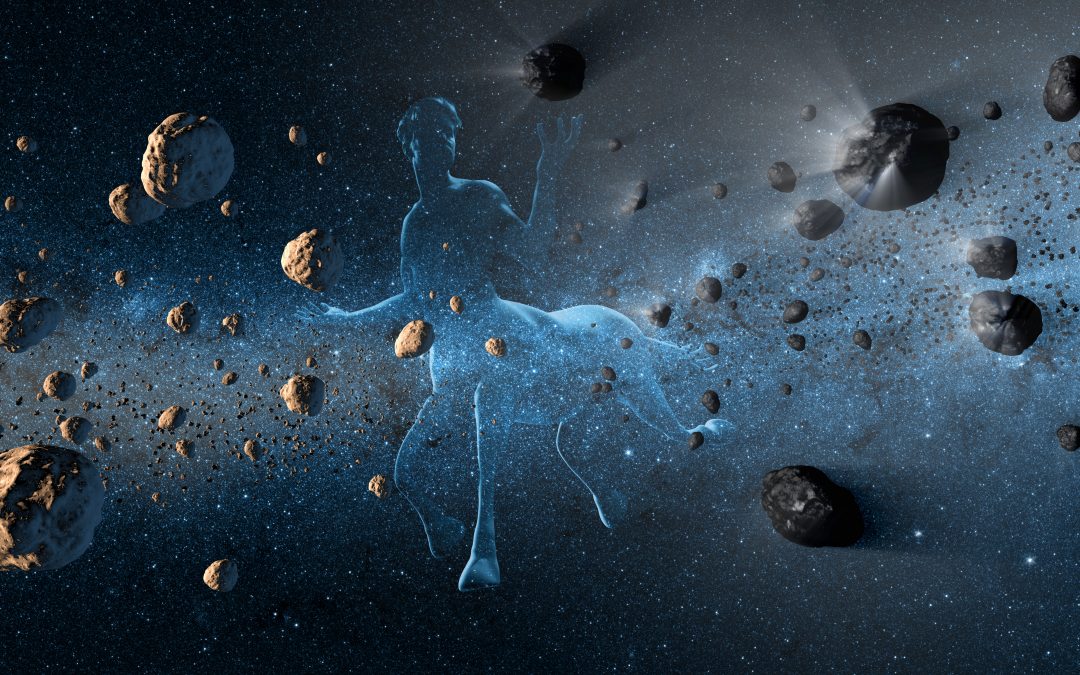
There are asteroids and there are comets. But there’s an entirely separate class of objects called centaurs. But instead of half-human, half-horse, imagine an object that’s half comet, half asteroid but 100% interesting.
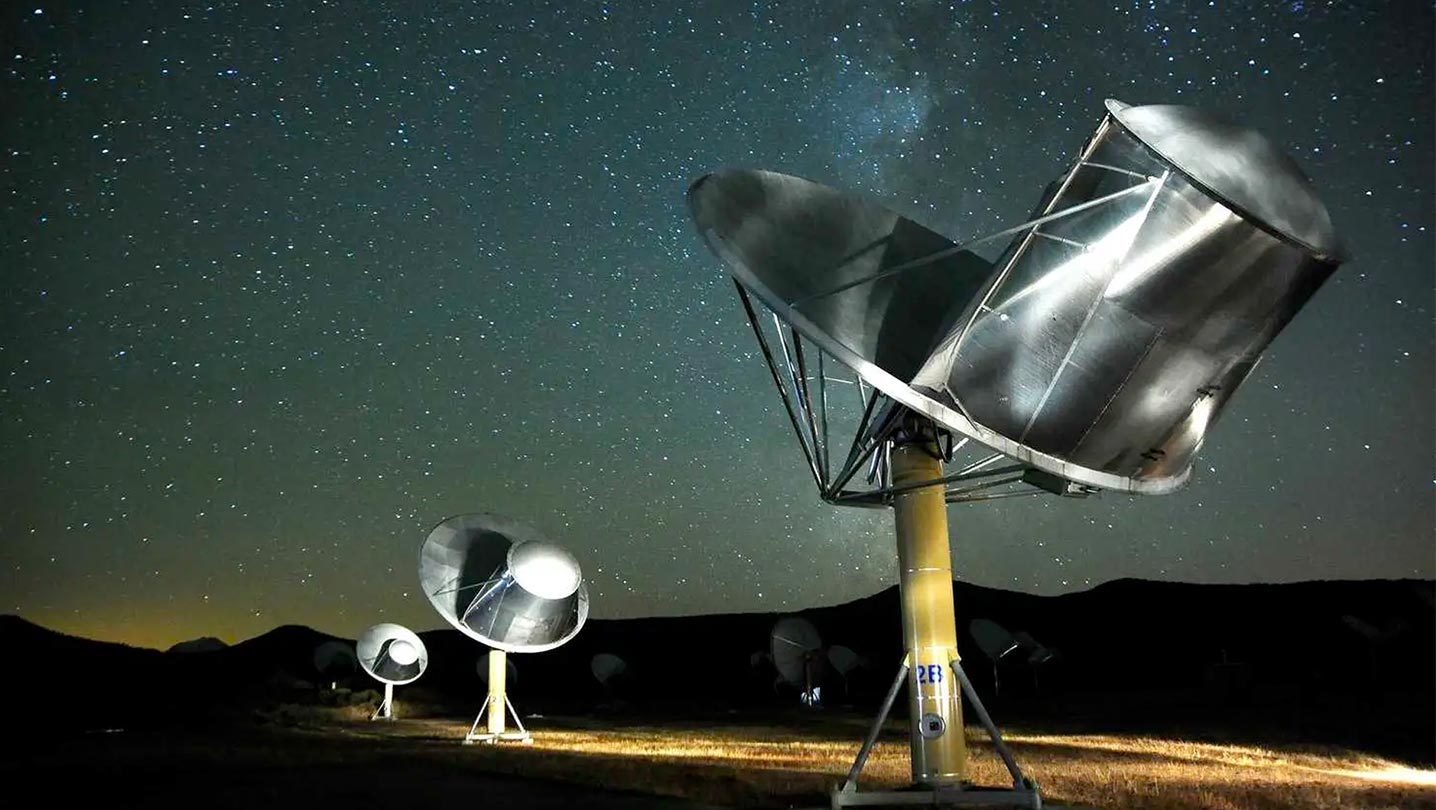
Last week we talked about the various ways that astronomers could detect the presence of intelligent civilizations by observing technosignatures. This week we’ll give you an update on the state of searching for extraterrestrials. This field has gone from a collection of pariahs to a completely legitimate field of research. What’s changed?